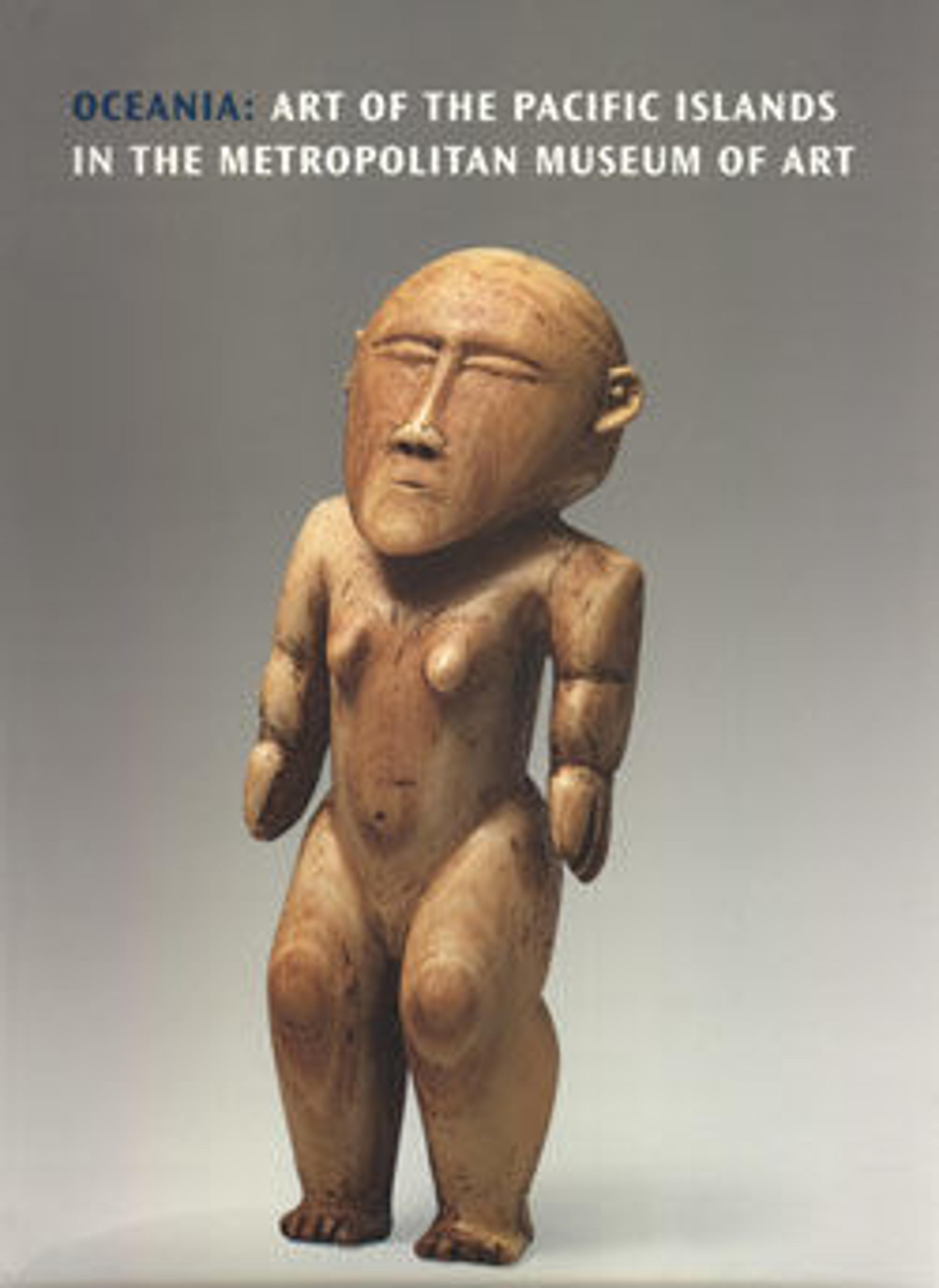Ceremonial Hanging (Porilonjong)
Heroic in scale and resplendent in their imagery, the monumental ceremonial hangings, or porilonjong, of the Toraja people, who live in the mountainous interior of the island of Sulawesi, are among the largest Indonesian textiles. Created by Rongkong Toraja weavers, porilonjong were used in different ways by the various Toraja groups. The Rongkong Toraja hung them horizontally on wood fences, where they formed soft walls that served as both physical and spiritual barriers that separated the supernaturally powerful people, objects, and activities within the enclosed area from the mundane world. The massive textiles were also purchased by neighboring groups, who employed them in different ways. The Sa'dan Toraja, for example, used porilonjong primarily as festive tapestries to adorn the walls of houses and other structures during important ceremonies such as marriages and funerals.
The majority of porilonjong are decorated with geometric motifs. Examples that include figurative imagery, such as the present work, are rare. The bold red crocodiles and subtler white deer seen on this piece may be totemic species, possibly the mythical founders of some of the village clans. Crocodiles play an ambivalent role in Toraja cosmology. While they often kill, they can also transport individuals back from the underworld or rescue them from death. In the Palu Toraja area, some people believe that they are descended from deer. Although fully assimilated into Toraja art, both the distinctive leaping, or "dancing," posture of the deer seen here and the curvilinear geometric forms that surround them are likely derived from the imagery of ancient trade textiles.
The majority of porilonjong are decorated with geometric motifs. Examples that include figurative imagery, such as the present work, are rare. The bold red crocodiles and subtler white deer seen on this piece may be totemic species, possibly the mythical founders of some of the village clans. Crocodiles play an ambivalent role in Toraja cosmology. While they often kill, they can also transport individuals back from the underworld or rescue them from death. In the Palu Toraja area, some people believe that they are descended from deer. Although fully assimilated into Toraja art, both the distinctive leaping, or "dancing," posture of the deer seen here and the curvilinear geometric forms that surround them are likely derived from the imagery of ancient trade textiles.
Artwork Details
- Title:Ceremonial Hanging (Porilonjong)
- Date:19th century
- Geography:Indonesia, Sulawesi, Sulawesi, Ronkong
- Culture:Toraja people
- Medium:Cotton
- Dimensions:193 1/2 x 60 1/2 in. (491.5 x 153.7 cm)
- Classification:Textiles-Woven
- Credit Line:Gift of Anita E. Spertus and Robert J. Holmgren, in honor of Douglas Newton, 1990
- Object Number:1990.335.19
- Curatorial Department: The Michael C. Rockefeller Wing
More Artwork
Research Resources
The Met provides unparalleled resources for research and welcomes an international community of students and scholars. The Met's Open Access API is where creators and researchers can connect to the The Met collection. Open Access data and public domain images are available for unrestricted commercial and noncommercial use without permission or fee.
To request images under copyright and other restrictions, please use this Image Request form.
Feedback
We continue to research and examine historical and cultural context for objects in The Met collection. If you have comments or questions about this object record, please contact us using the form below. The Museum looks forward to receiving your comments.
